
By the end of this episode, you will be able to • Briefly describe the aetiologies and pathophysiology of primary and secondary amenorrhea • Recognize…
Continue reading
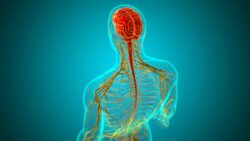
After listening to this podcast you will be able to understand the following: • Common causes of cranial and spinal infections that may develop into a…
Continue reading
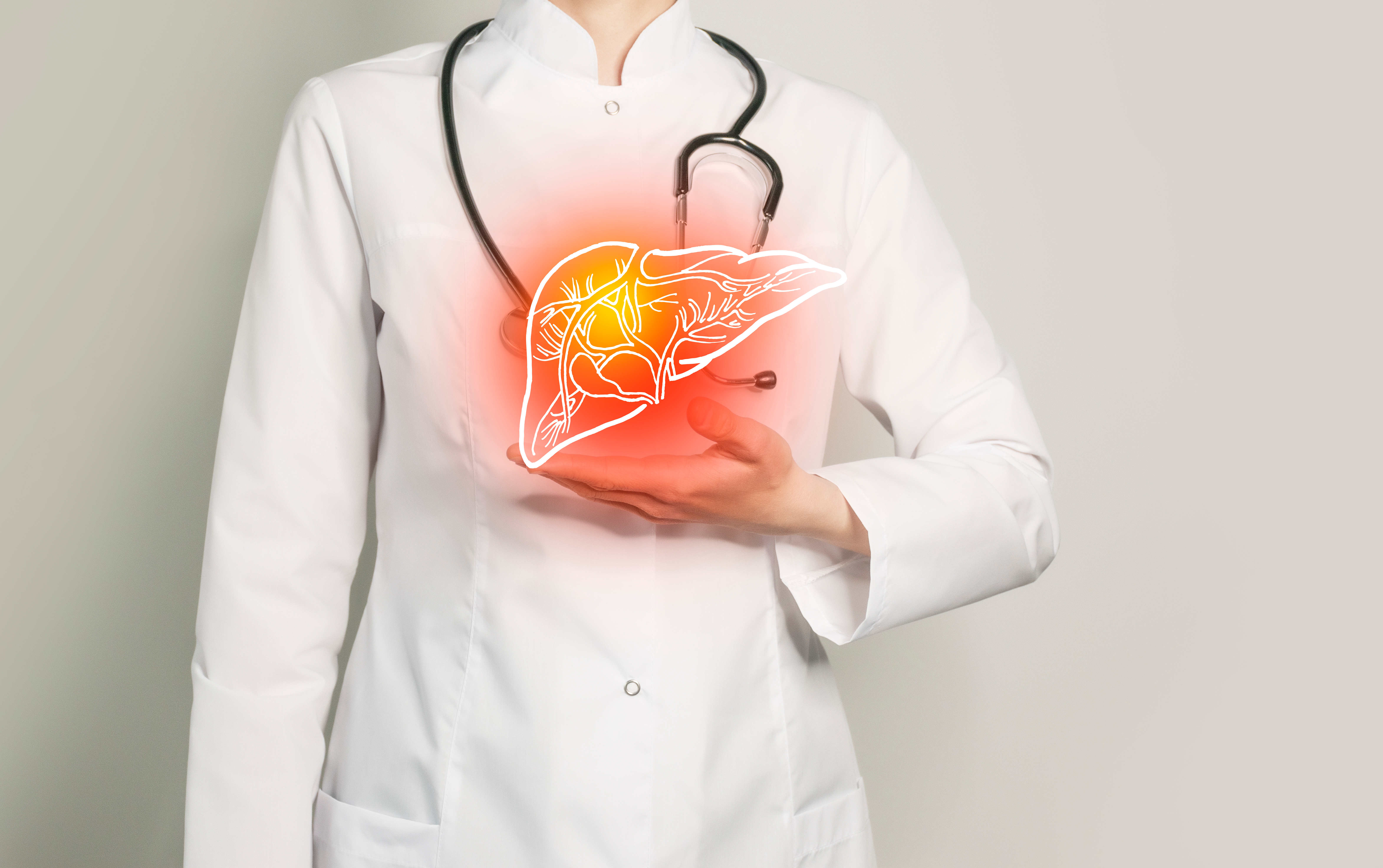
At the end of this episode, you will: Understand fundamental principles underlying various approaches to surgical treatment of the liver. Apply clinic…
Continue reading
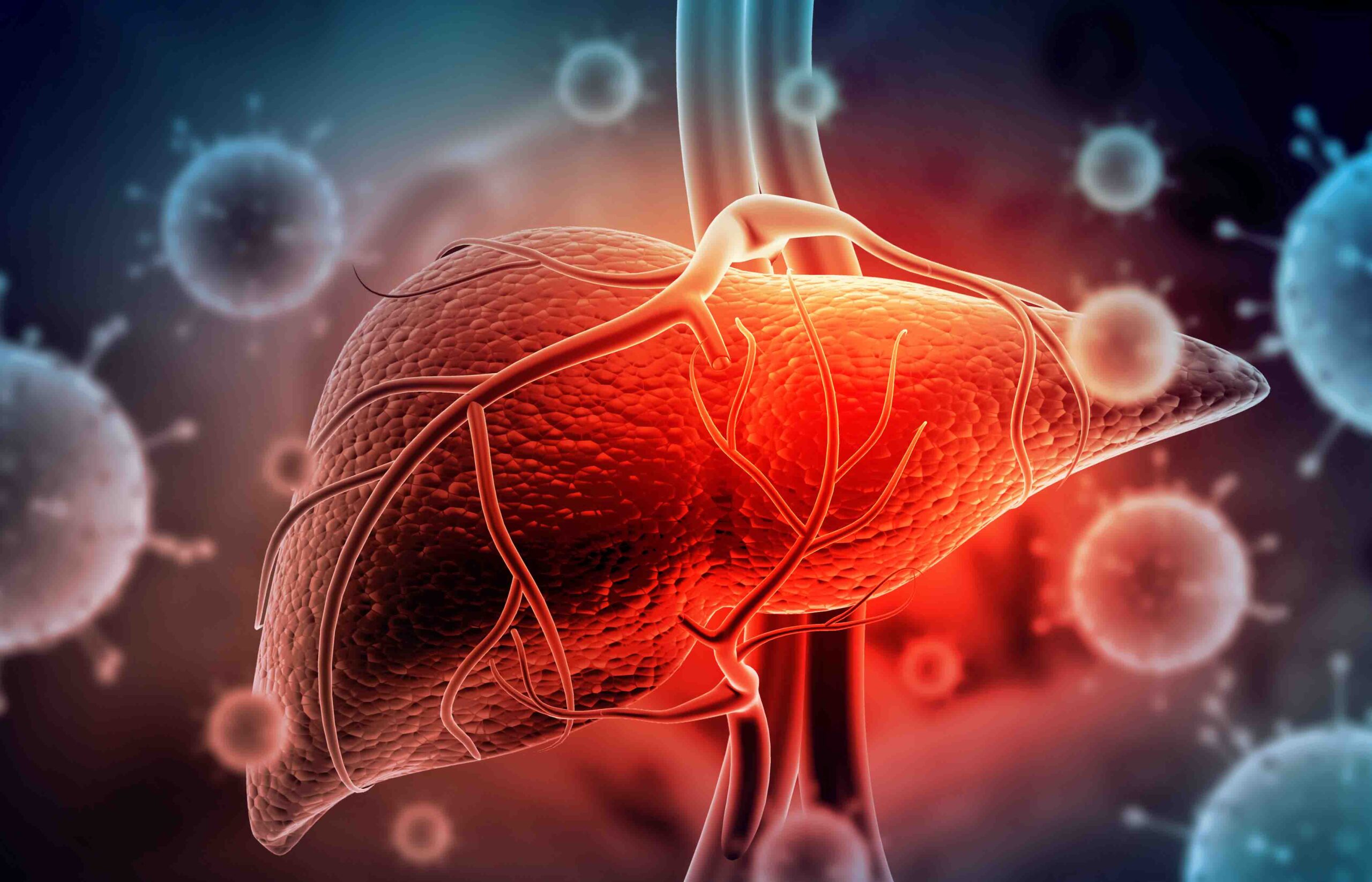
By the end of this episode you will be able to: • List the different types of liver cancer and their epidemiology • Explain how to make the diagnosis …
Continue reading
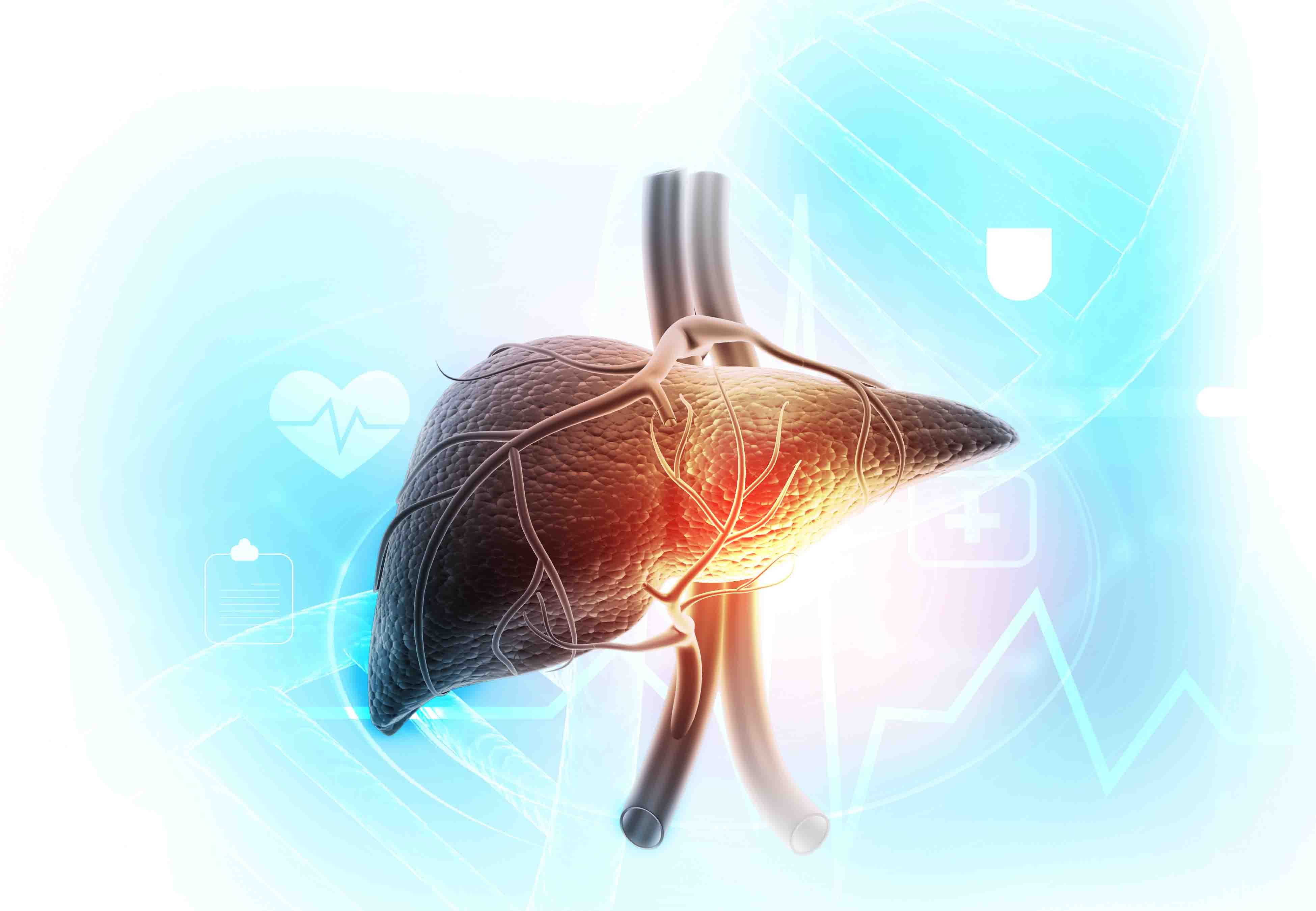
After listening to this episode, you will be able to: • List the most common types of benign liver lesions • Outline the assessment, diagnosis and tre…
Continue reading
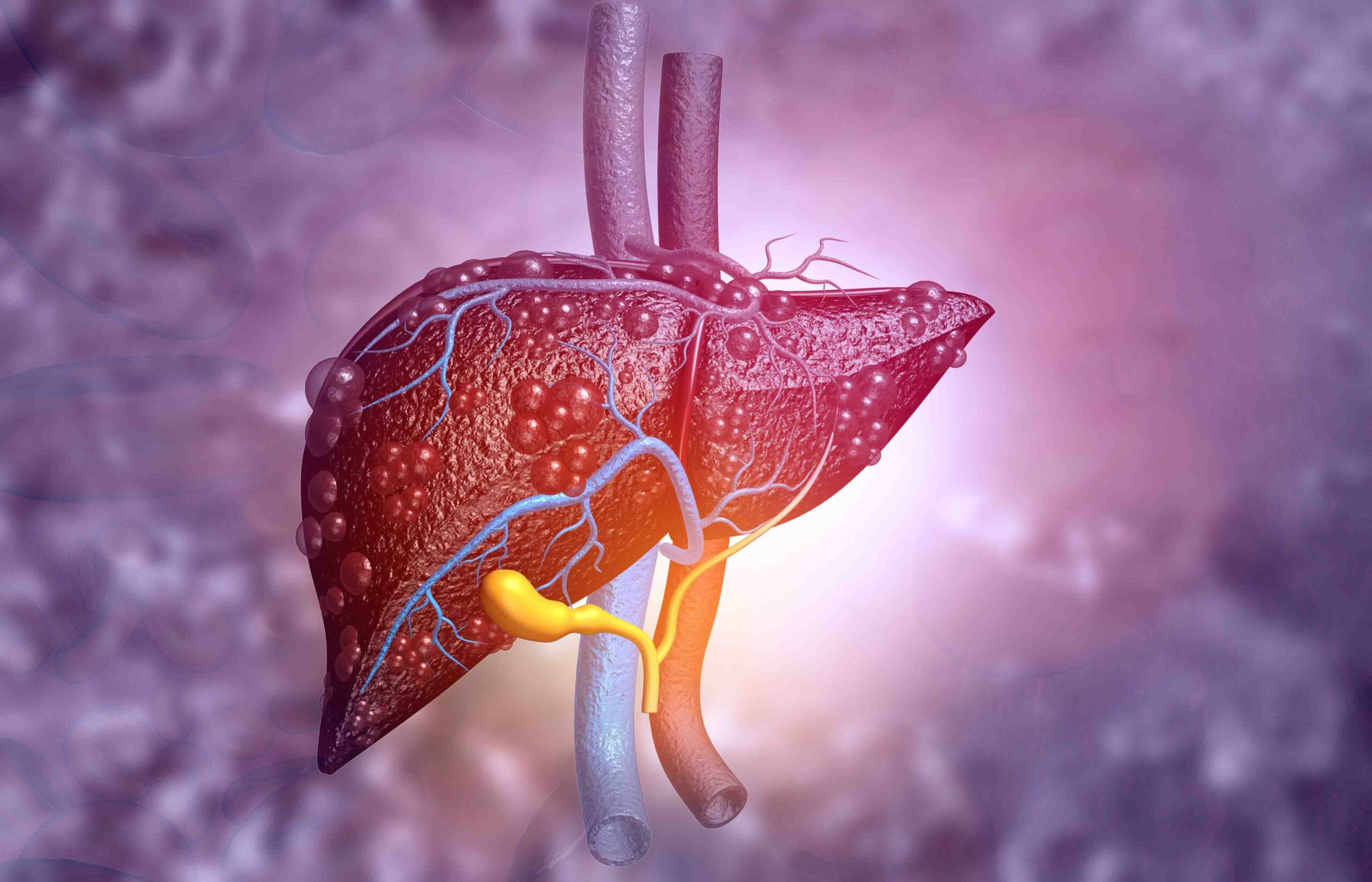
By the end of this episode you will be able to: • Describe the anatomy and physiology of the liver • Outline the pathophysiology and common symptoms o…
Continue reading

In this episode Ryerson Seguin, University of Alberta medical student, interviews Dr. David Lesniak, oncoplastic breast surgeon, about his training, c…
Continue reading
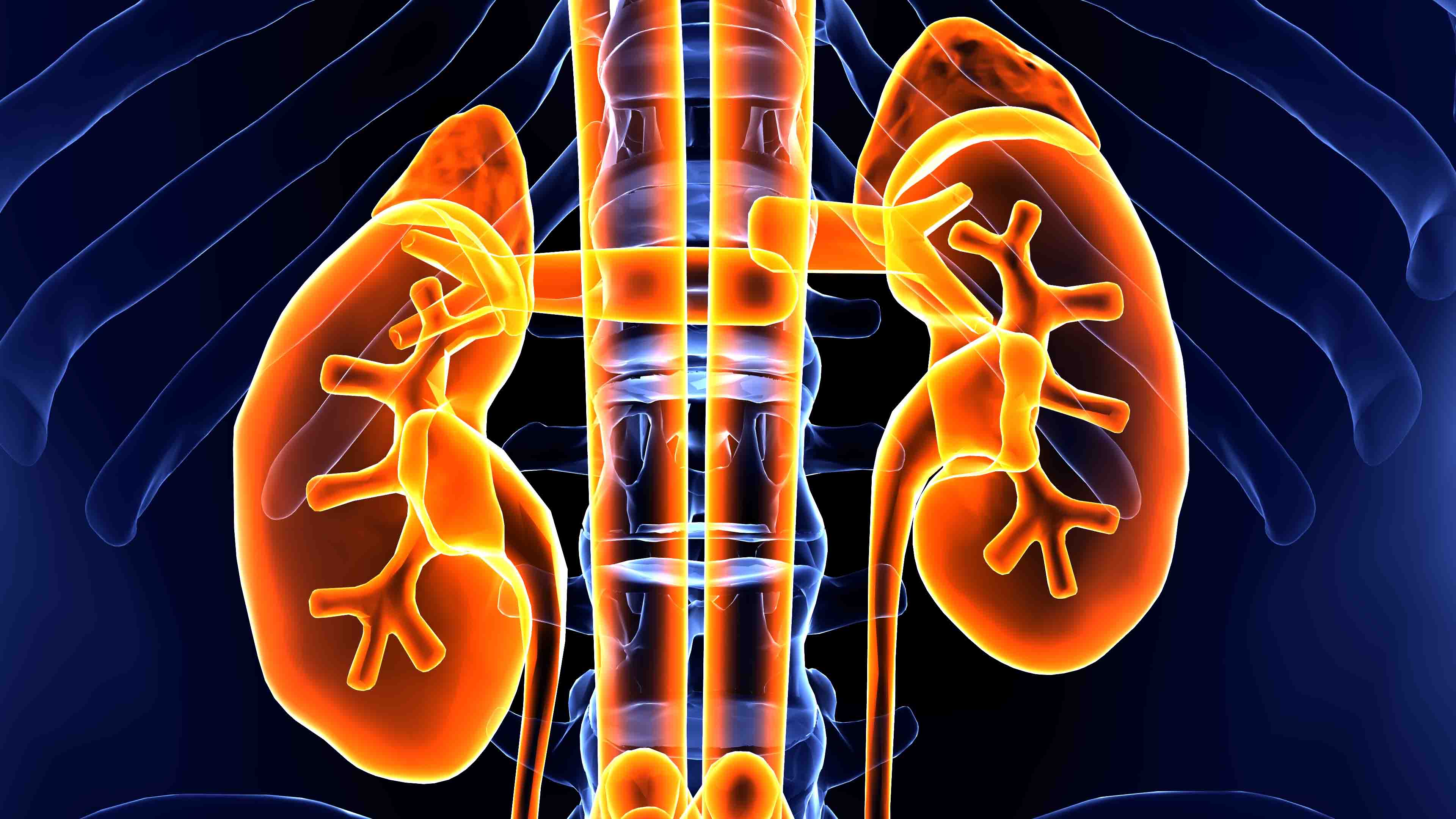
By the end of this podcast, listeners will be able to: • Discuss the epidemiology and natural history of benign renal masses • List the most common ty…
Continue reading

At the end of this episode, you will be able to: • Describe what HPV is and how it relates to cancer, in particular head and neck cancers • Recognize …
Continue reading
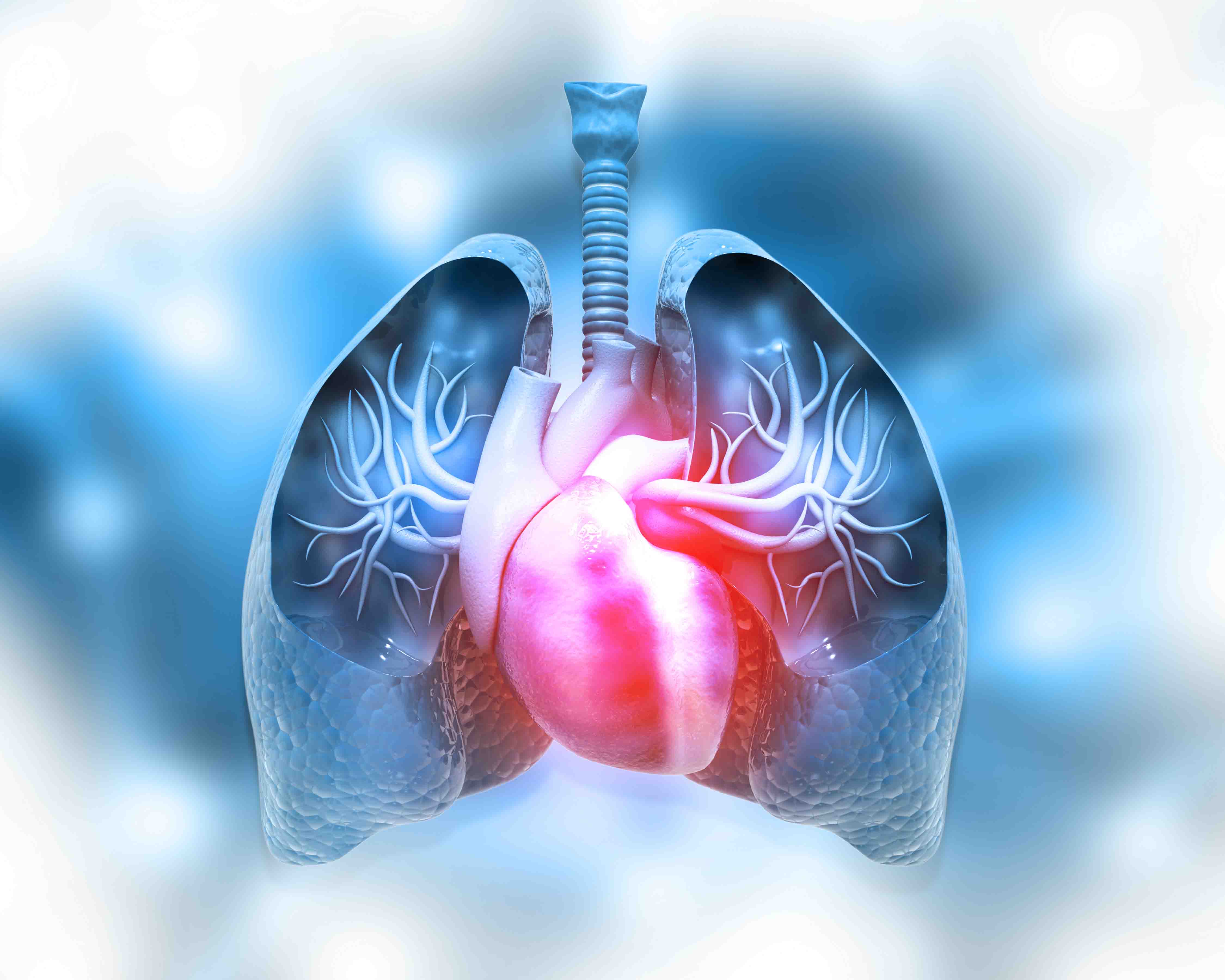
At the end of this episode, you will be able to: • Explain the pathophysiology of a chylothorax • List the common etiologies of a chylothorax • Descri…
Continue reading